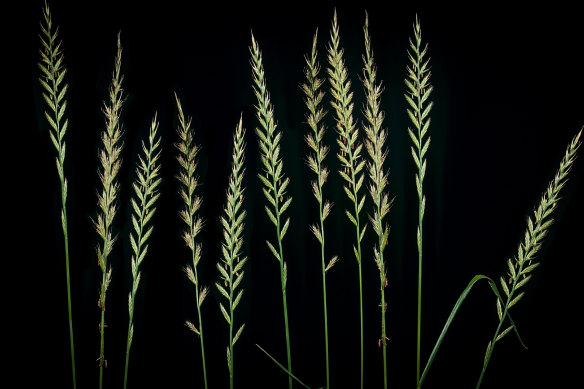Warm weather may finally be on the way for Victoria, but it’s not all good news for those with hay fever.
Pollen levels are expected to be high to extreme for the next seven days, according to the Melbourne Pollen Count.
The rain is due to ease this week and with warm temperatures, there will be more pollen in the air because of the grass blooming, Dr Edwin Lampugnani said.
Melbourne’s pollen count is expected to be high to extreme in the coming week … bad news for hay fever sufferers. Credit:Shutterstock
Lampugnani is one of the scientists from the University of Melbourne who co-ordinates the Melbourne Pollen Service which monitors and forecasts levels of grass pollen.
“For the next seven days until Friday we are forecasting high to extreme days on the Melbourne Pollen Count and Service,” he said.
Dry northerly winds could bring grass pollen down from the state’s north which would impact on those with hay fever, he explained.
Many people with hay fever are allergic to the pollen from rye grass.Credit:Alamy
Rye grass pollen is the major allergic pollen type in the state and November is usually a high period for pollen, he said.
But he added that the start of the season was delayed and the first “high” day for the pollen count was on Monday, weeks later than usual.
“It’s a difficult thing to predict this year, certainly the start of the season was delayed,” he said.
This year was expected to have a lower-than-average pollen season, but the next few days could be key in forecasting what might happen for the rest of the year.
“Over the next few days we will really get a feel for what the season will be like, we’ve only had one high day so far, so it will be interesting to see how it goes,” he said.
If there is more rain on the way it will reduce the amount of pollen in the air, Lampugnani said.
In NSW, the clear weather could create problems for those with hay fever or asthma.
Western Sydney University’s immunology and allergy unit Professor Connie Katelaris said consistent rain through spring and summer helped curb the effects of La Nina on the Sydney’s pollen count last year.
“If it’s going to be dry now for the next three or four weeks, it will be bad because the grass will be blooming.”
The Australian Medical Association issued a warning for asthma sufferers in the NSW, with November and December typically the months when “thunderstorm asthma”, a condition triggered by spring and summer storms when pollen levels are high, can strike.
In Melbourne, thunderstorm asthma is a phenomenon that occurs when moisture-charged winds immediately before a storm whip up rye grass pollen from the pastures north and west of town, sweeping them into the city. If inhaled, these small particles can penetrate deep into the lungs.
Ten people died in Victoria as a result of a thunderstorm asthma event on November 21, 2016. It was the most deadly outbreak of thunderstorm asthma recorded in the world.
Thunderstorm asthma events normally occur from October through to December when pollen grains are drawn up into the clouds as thunderstorms form, absorbing moisture and bursting open.
People are advised to protect themselves by avoiding being outdoors in a storm, taking preventative medication as directed and carrying relievers in case they need to manage an asthma attack.
with Mary Ward, Melissa Cunningham
The Morning Edition newsletter is our guide to the day’s most important and interesting stories, analysis and insights. Sign up here.
Most Viewed in National
From our partners
Source: Read Full Article



